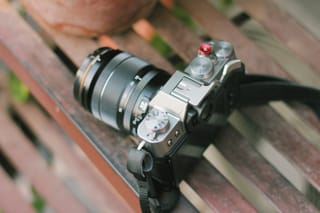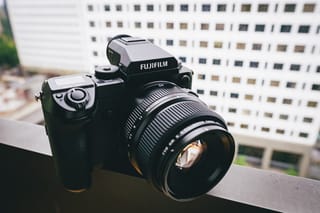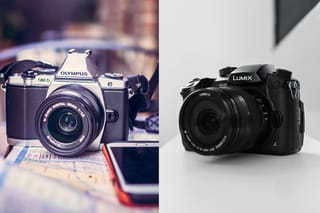
Updated on: December 12, 2022
It’s been said fairly often that the best camera is the one you have with you. In other corners of the internet, this concept expands to more levels than just photography.
EDC, or Every Day Carry, is a way of life for some. Forums and message boards about EDC are filled with images of neatly arranged flat lays of the contents of one’s pockets or satchel bag. Water bottles, flashlights, multi-tools and wallets are common staples, and occasionally you’ll see a photography lover include a compact high quality point & shoot camera in their hoard, especially those who love the joy of street photography.
The basic concept is that you should carry certain things with you every single day so you can be prepared for as many situations as possible. This means that the EDC package should have items that are durable, compact, multi-use and stylish. After all, if you’re planning to carry something every day, it should look good, right? And if you’re one to take quick shots while on the go, you might need gear with fast autofocus or a camera with an ISO sensitivity range that fits your needs.
Our pal Take Kayo has been carrying a Fujifilm X100V or a Ricoh GR III with him everywhere for about three months. These two ultra-capable luxury fixed-lens compact cameras with APS-C sensors are considered by some to be two of the best cameras you can keep on you at all times.
Learn about the pros and cons of each model below, and check out his video on them.
Fujifilm X100V Pros and Cons
Pros:
- Weather sealing
- Great lens and color
- High quality video
- Built-in flash
- Tilting screen
- Microphone port
- Bluetooth
- Good battery life
- 35mm equivalent focal length
Cons:
- No IBIS
- Firmware quirks, like file management
- Larger than the GR III
Ricoh GR III Pros and Cons
Pros:
- Small
- Lightweight
- Has IBIS
- Convenient LCD touch screen
- 28mm equivalent focal length for wider shots
Cons:
- No electronic viewfinder (EVF)
- No articulating screen
- Missing a pop up flash
- Small battery / short battery life
- No HDMI out
- Wifi app doesn’t work great
- Rear dial
Which One is Better?
Based on the drawbacks of the GR3, most people would likely go with the X100V, and for good reason. The X100V has very few faults. The Fujifilm X100V is arguably a more capable camera than the Ricoh GR III based on its specs. It also has more of the features that a professional photographer would be looking for.
But there are some really good reasons to choose the Ricoh GR III over the X100V as an EDC camera, such as its form factor, portability, and how easy it is to store in small compact bags. The Ricoh also has IBIS (in-body image stabilization) which is great for shooters looking to pull their camera out quickly and take shots while on the go and in low light, slow shutter speed situations. If you don’t currently have a camera, the X100V would be the obvious choice, but if you do have other camera options, the GR3 is a great, albeit quirky, small and lightweight camera for an everyday carry.
Have a listen to what Take’s got to say about these two sleek and discreet fixed lens cameras. Which of the two would you feel more prepared with? Which would you rather carry around every day?
Looking for a stylish bag to store your EDC camera in? Check out the list of our top 15 camera bag picks.




